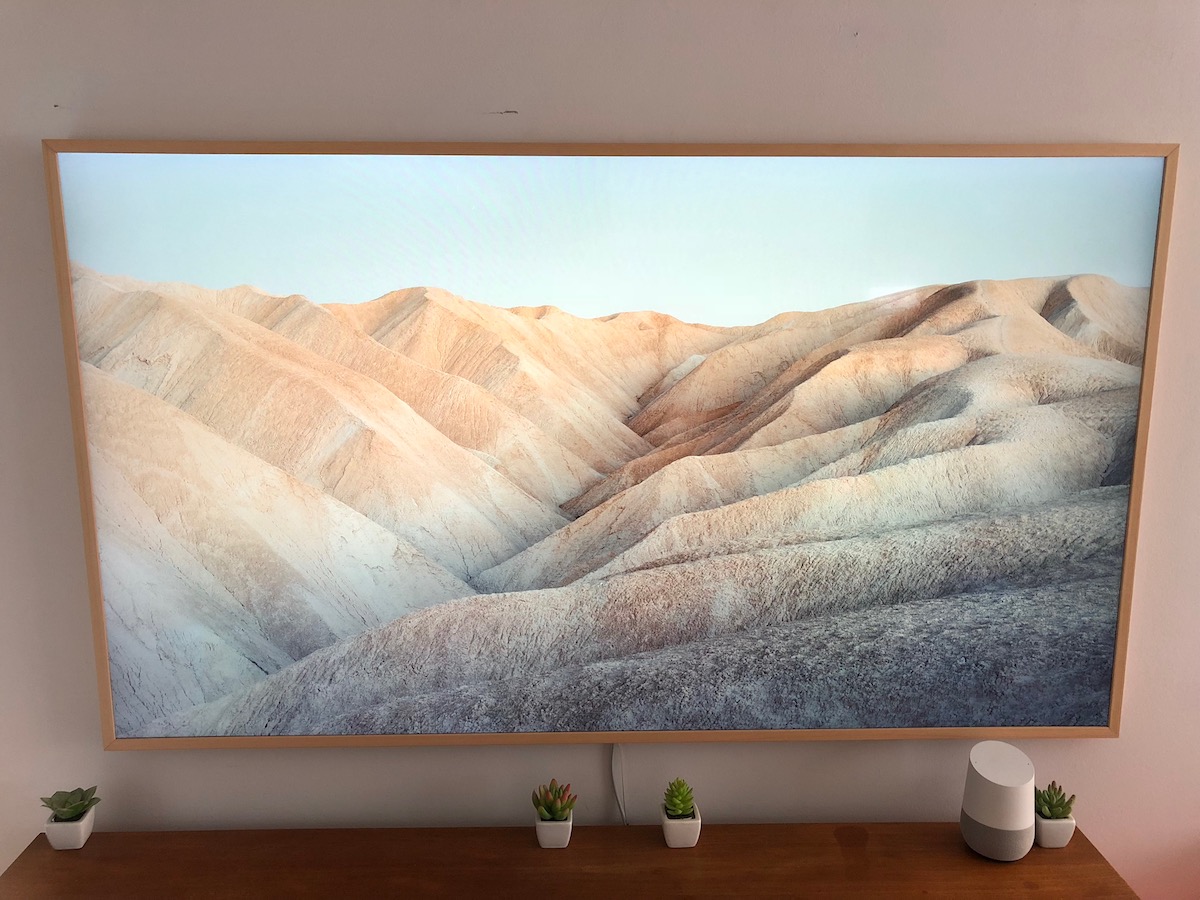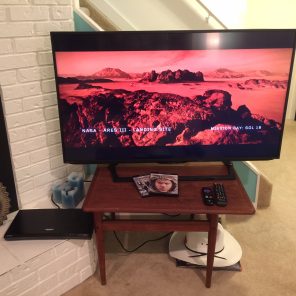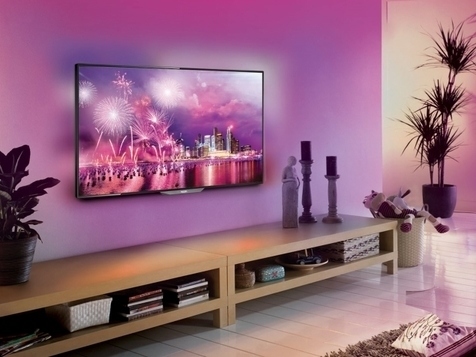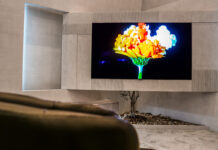
This is a great time to be investing in a new TV. 4K TVs are the ultimate in television technology; they’re clearer, sharper and provide a much more beautiful video picture.
What’s 4K TV?
If you’re new to the term 4K, you should know it’s all about the pixels. 4K TVs have millions more than the next best TV, 1080p. If you think of a TV screen as a giant grid made up of small squares, a 4K image has about 4,000 horizontal pixels (that’s where the name “4K” comes from). In total, it has about 8 million pixels on the screen, or about 4 times as many as the next best TV. 4K is also used interchangeably with the term UHD or Ultra High Definition. Read more about 4K technology and what you need to know on our blog.
So how should you set up a new 4K TV? There are a few guidelines you’ll want to keep in mind.
Use it with the right peripherals and accessories
If you have a 4K TV, but you’ve not invested in a 4K video player, PVR or streaming device, you’re wasting your money. To enjoy a 4K video picture, you need a 4K TV, a 4K content delivery device like a PVR, Blu-ray player, or streaming box, and made-in-4K content.
You should also invest in high speed HDMI cables to handle the data load.
Upgrade your Wi-Fi if necessary
Speaking of those streaming devices, make sure you home’s Wi-Fi can handle the bigger data needs. Netflix recommends at least 25 Mbps for 4K/UHD streaming. You can test your internet speed here.
Optimal 4K TV viewing distance
The perfect viewing distance for your 4K UHD TV, like one of Sony’s 4K TVs, will vary depending on the TV’s size. You want to be close enough to get a fully immersive experience, but far enough away that you’re not noticing the pixels on the screen.
For HDTVs, the recommendation has been to sit between 1.5 to 2.5 times the screen’s diagonal width. Because of 4K’s higher resolution you can sit closer, in this case, as near as 1 to 1.5 times the diagonal.
4K TV Viewing angle
While many TVs, including this LG 4K set today boast that you can watch from any angle (and that’s true), the best viewing angle is straight on. If you can, set your primary seating front and centre, at the aforementioned proper viewing distance.
4K TV: How bright or dark should the room be?

4K TV is all about the detail, the perfect replication of light and dark, and the millions of colours that provide a much more realistic video picture. To fully appreciate all that detail, the light in your room should be optimal.
If your room is too bright, it can make the picture seem more washed out and cast glare. Too dark, and your 4K TV will be like a lighthouse beaming into your retinas.
Ideally, you should have some soft ambient light in the room. You can place a small lamp near the screen to help balance the light levels, or add LED strip lighting like Philips Hue or LIFX Z around the edge of the TV. Some of these ambient lights can even be synchronized to match the program you’re watching using an app.
Should I wall mount?
Wall mounting is always best. It looks cleaner, frees up space and lets you set it at the perfect height. (Whatever you do, don’t do the over the fireplace thing. Often that’s just too high to be comfortable or optimal.) You can of course install conduit inside the wall to run the cables for an even more invisible look.
If that kind of minor construction project isn’t your thing, or you’re not allowed to put holes in the walls, placing your 4K TV on a TV stand or furniture is just fine too. Just make sure it’s at the right height and distance from your couch.
Do the calibration, or enlist Geek Squad
You’ll only get the best from your home theatre set up if it’s properly calibrated. With many TVs you can run through this relatively easily yourself by accessing the settings and following instructions in the manual. Others will even guide you through this process on screen. Still not sure? Geek squad can both set up and/or calibrate your new TV for you.
I had a chance to have that experience recently when I reviewed the Samsung Frame TV in my home. Read more about that here.
Getting your 4K TV ready for the home theatre doesn’t have to be hard, but do make sure you take the time to optimize it for use in your home.



